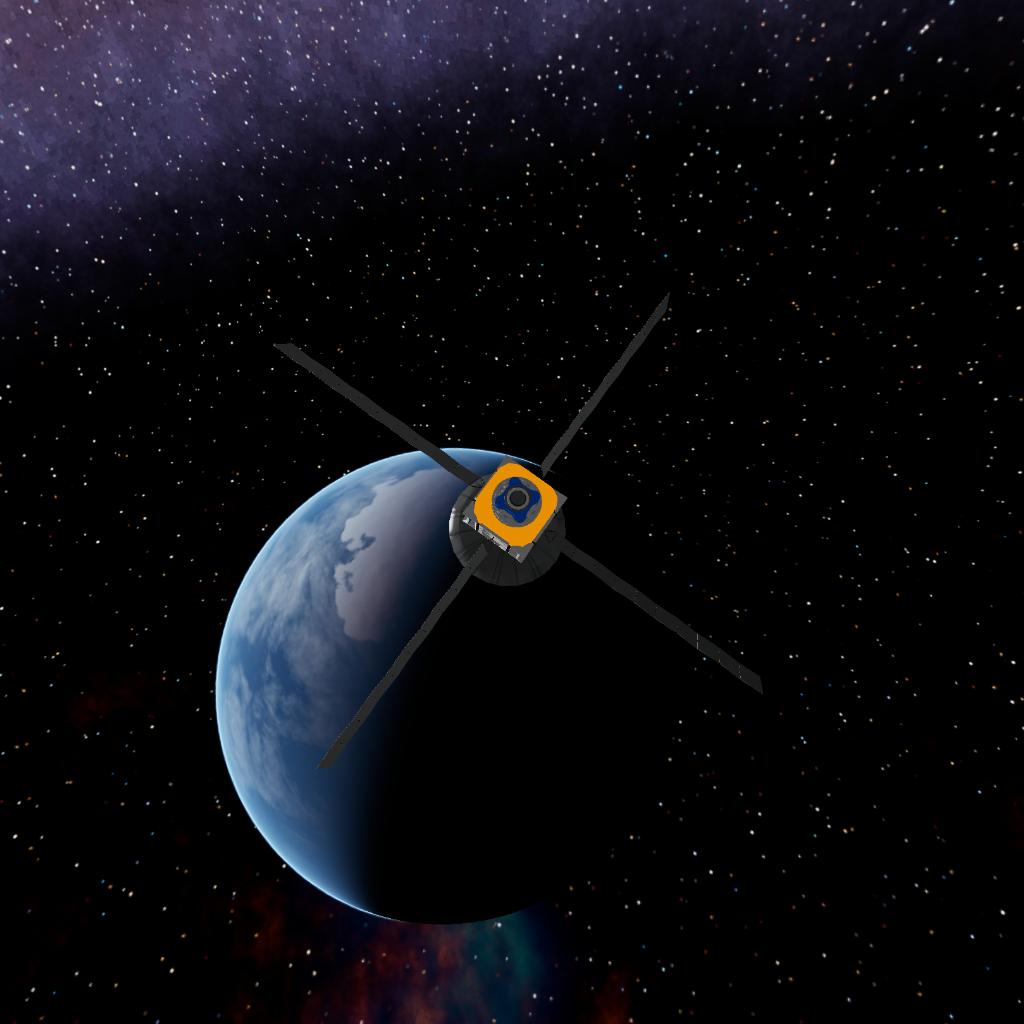PolarTelecom(RAT-Q037) s a satellite providing free telecommunications and internet to research stations of Droo's North and South poles. It will operate until September 15, 2025. It also detects radio emissions and makes discoveries from Droo's pole stars. (Planets, stars orbiting one of the pole stars, etc) It even detects radio emissions from extremely luminous stars(X163a1)
GENERAL INFO
- Created On: Android
- Game Version: 1.3.204.1
- Planetary System: Juno System: Enhanced Edition: V0.2
- Planets: 36
- Game Time: 0.0 days
CRAFTS
| Name | Location | Part Count | Mass | Altitude | Velocity |
|---|---|---|---|---|---|
| PolarTelecom | Droo | 13 | 7,759kg | 2,527 km | 1.86 km/s |
| Alpha Delta III V2-3 | Droo | 1 | 1kg | Ground | 0.0 m/s |
| Alpha Delta III V2-4 | Droo | 12 | 52,854kg | 238 km | 3.25 km/s |
| Alpha Delta III V2-5 | Droo | 28 | 93,383kg | 238 km | 3.25 km/s |
| Alpha Delta III V2-6 | Droo | 12 | 52,854kg | 238 km | 3.25 km/s |
| Alpha Delta III V2-7 | Droo | 12 | 52,854kg | 238 km | 3.25 km/s |
| Alpha Delta III V2-8 | Droo | 12 | 52,854kg | 238 km | 3.25 km/s |
| Alpha Delta III V2-9 | Droo | 12 | 52,854kg | 239 km | 3.25 km/s |
| Alpha Delta III V2-10 | Droo | 12 | 52,854kg | 239 km | 3.25 km/s |
| Alpha Delta III V2-11 | Droo | 35 | 1.05E+5kg | 3,773 km | 1.36 km/s |
1 Comment
No Upvotes
Log in in to upvote this post.


We have confirmed that the size of X136a1's habitable zone is "2500 to more than 6000 Droo Units" (analogue: Astronomical units)
Found possible distant Super Tydos gas giant orbiting X163a1. It is more likely to be a brown dwarf rather than a gas giant 5x larger than Tydos, meaning that planets, specifically gas giants orbiting Wolf Rayet stars (even if they're close to Juno) This can still be possible. We're thinking of naming it "Lemotar". PolarTelecom discovered it because its circumplanetary disk eclipsed X163a1, something which will happen again in the distant future. Lemotar's disk (more likely a large disk) could be forming moons. The brown dwarf could have a spectral class of T, but it could be accreting something from a interstellar cloud called "X163b1 Cloud"